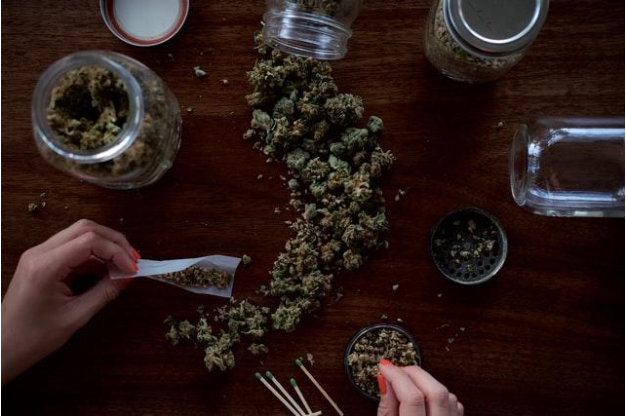No products in the cart.
Product Guides
How to Choose The Perfect Weed Strain For You
How to Choose The Perfect Strain For You
A wide selection of products is typically considered a good thing in many industries, but it does come with the downside of creating an overwhelming experience for new prospective shoppers and consumers. In the legal cannabis industry’s case, the number of possible use cases is just as varied as the number of strains currently available on the market.
In this post, we’ll briefly explain the two primary cannabinoids responsible for cannabis’ many health benefits, as well as what terpenes are and how you can use them to enhance your cannabis experience. We’ll also discuss some key considerations when searching for and selecting the right strain for you.
Cannabis Components
All strains of cannabis contain varying ratios of cannabinoids, which act as the primary active compounds, along with a range of terpenes. Let’s look into how the primary cannabinoids THC and CBD — along with terpenes — determine how common cannabis strains affect the body.
- THC or tetrahydrocannabinol is one of two prevalent cannabinoids found in cannabis. It’s responsible for the psychoactive and euphoric effects associated with marijuana use. THC binds to receptors in the brain that regulate pleasure, memory, concentration, movement, and sensory perception, which is what causes the “high” associated with marijuana consumption.
- CBD or cannabidiol is the other primary cannabinoid in cannabis but, unlike THC, doesn’t make you feel “stoned” while still offering a number of potential health benefits. CBD supplementation has helped many users with a wide variety of conditions, including anxiety, depression, chronic pain, and even epilepsy.
Some people also use CBD as a sleep aid, or to help with appetite control. CBD products (from oils and edibles to skin creams and therapeutic balms) can easily be found online or in local drugstores in most countries.
- Terpenes are a large and diverse class of organic compounds that are responsible for the odor and flavors of cannabis along with many other plants. They have been shown to have various therapeutic properties, and food grade terpenes can be easily purchased online from reputable sellers like True Blue as either isolates or strain-specific profiles.
Things to Consider When Selecting a Strain
When selecting a strain, there are important factors to consider to help narrow down your options. Here are two examples:
Desired Use Case
Why you plan to use cannabis should be the primary determinant of your choice of strain. THC and CBD are the main active components that will alter how a strain affects you as well as when it’d be appropriate to consume it, so it’s best to start here.
For example, if you’re looking for something to help you relax and ease anxiety at work, it would be better to choose a strain that is CBD-dominant since THC can directly affect focus, decision-making, and coordination; in some cases, it may cause anxiety and paranoia. However, if your goal is to relieve pain while you rest at home, strains high in THC (often referred to as medical marijuana) are established safer alternatives to conventional drugs like opiates.
Due to their psychoactive properties, THC-dominant strains aren’t recommended for use during work hours or when operating sensitive hardware like a motor vehicle.
It’s also worth noting the value of research into terpenes. There are over 20,000 different terpenes in existence, and each one has its own unique set of properties. There is a significant range of potential health benefits and physiological effects terpenes can have. Some terpenes have anti-inflammatory and antimicrobial properties (e.g. limonene), others are analgesic (geraniol), and some have calming effects (linalool). Terpenes can also be helpful in ameliorating the symptoms of a variety of conditions, such as depression, pain and insomnia.
Legality in Your Area
In Canada, recreational cannabis use is legal in every territory, according to the 2018 Cannabis Act. However, if you plan to travel, be sure to check the legal status of cannabis products at your destination.
For example, the legal status of cannabis products containing more than 0.3% THC varies from state to state in the US; the UK has even lower tolerance for THC content. On the other hand, CBD is legal in all 50 states, and even the World Anti-Doping Agency removed CBD from its banned substances list in 2018.
When choosing a strain, don’t simply go for what’s “trending”, but rather look into the profile of the strain to ensure its effects complement your desired use case. It’s best to do a bit of research into strains you’re interested in, so you can more easily hone in on exactly what you’re looking for rather than getting overwhelmed by the number of choices available in modern dispensaries.

